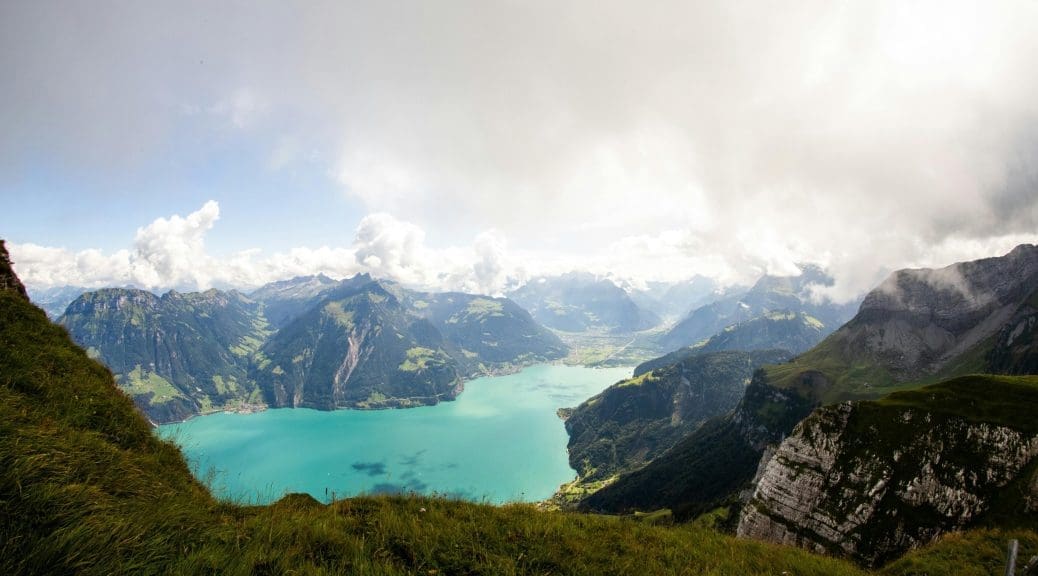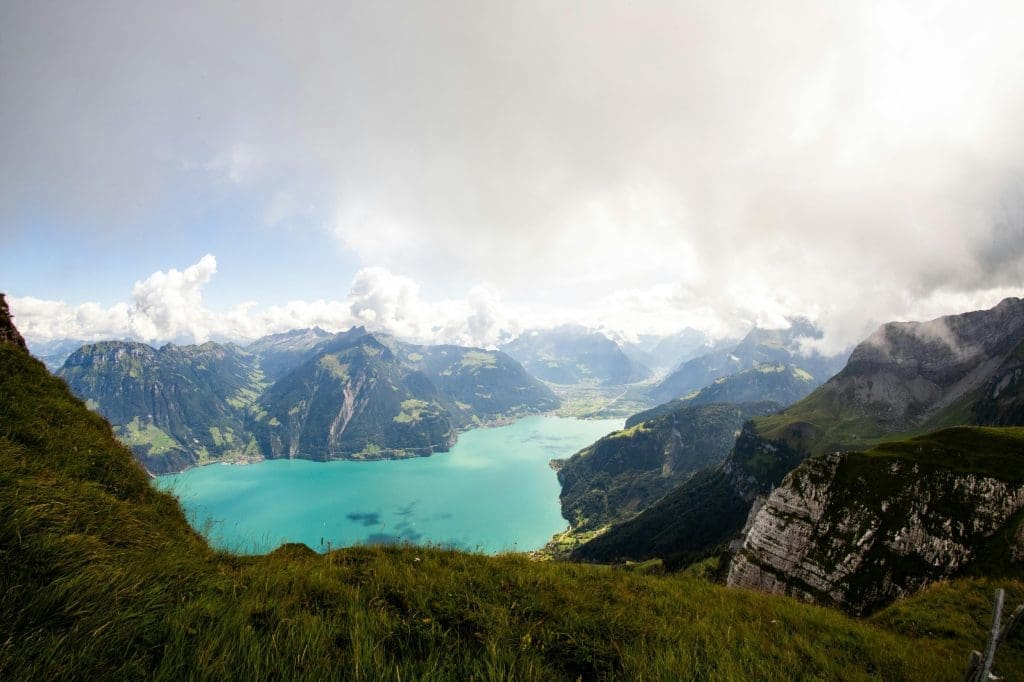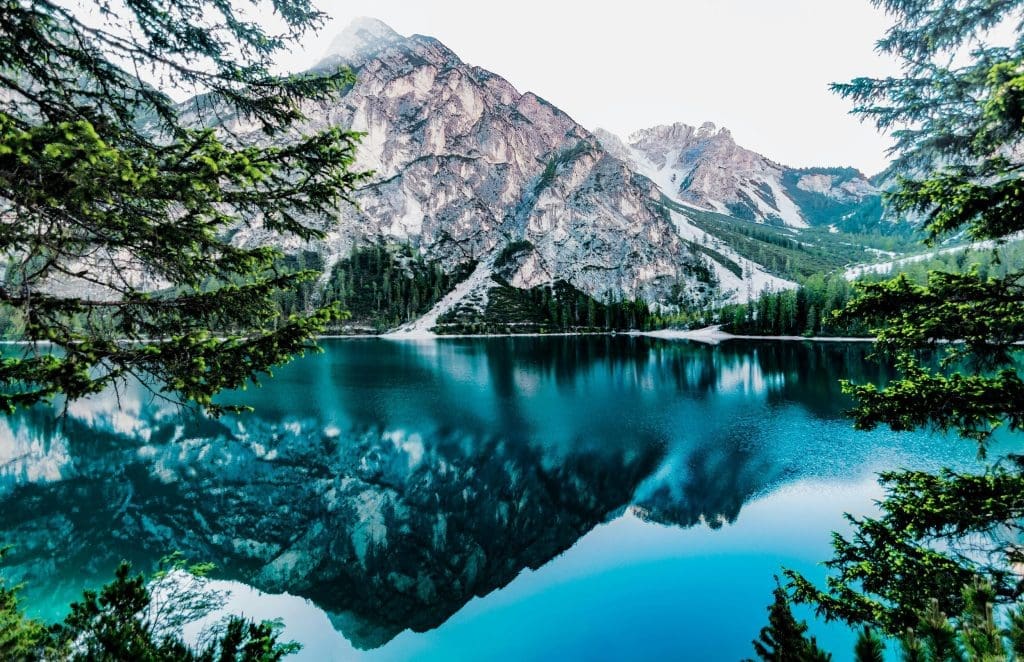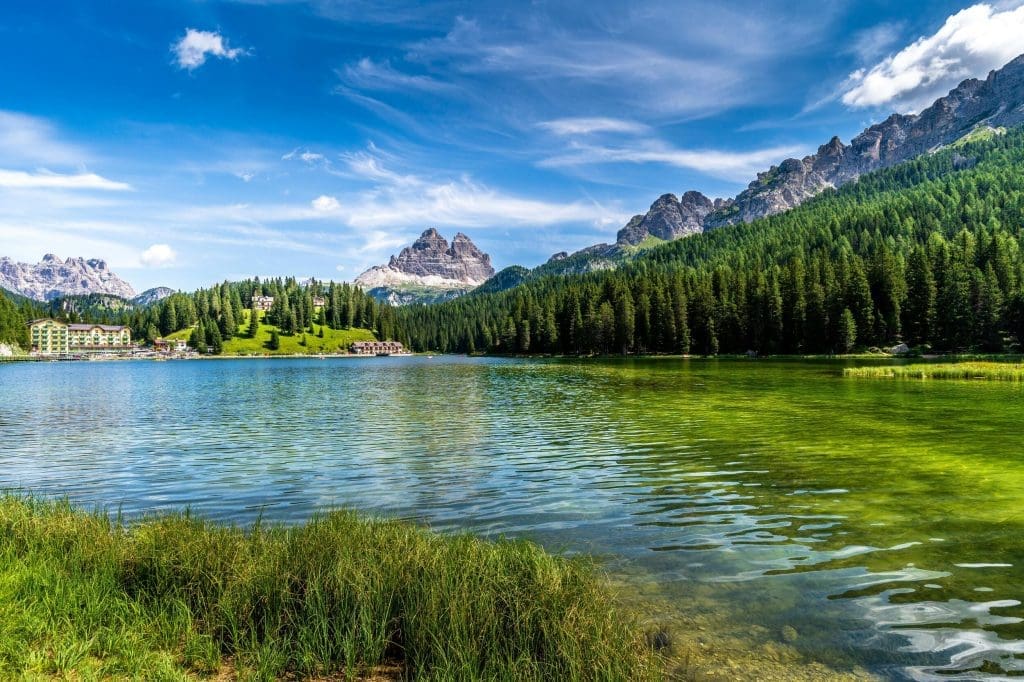
Planning a Summer Holiday in the Alps: What to Expect
If you’ve only ever seen the Alps blanketed in snow, glowing under a winter sun, then summer might come as a bit of a surprise — in the best possible way. Rolling green pastures, dramatic rock faces, clear blue lakes, and uncrowded villages. The whole landscape softens and opens up. And somehow, it still feels like a well-kept secret.
So, if you’re wondering what it’s like to spend a summer holiday in the Alps — or how to even begin planning one — this is for you. Let’s take a walk through what to expect, what to bring, how to get around, and how to make the most of your time once you’re there.

The Atmosphere: Slower, Quieter, Just as Beautiful
The first thing you notice in summer isn’t the scenery — though it’s undeniably stunning — it’s the pace. Everything feels a little slower. Villages aren’t buzzing in quite the same way as they are during ski season. There’s space to breathe.
You won’t be queuing for lifts or bumping shoulders at après. Instead, mornings tend to start quietly, with coffee outside and a gentle mountain breeze. You’ll still find local markets, sunny terraces, live music in the evenings. But it’s relaxed, more about picnics by the lake than parties till 2am. Honestly? It’s lovely.
Getting There and Getting Around
Geneva is the closest major airport to many popular French alpine resorts — which makes Geneva transfers a top choice for summer travellers. But it’s not your only option. Lyon, Chambéry, and Grenoble airports also serve the Alps, and depending on where you’re headed, they might be even more convenient. For example, if you’re venturing towards the southern Alps or areas like the Tarentaise Valley, a Chambéry or Lyon transfer could cut down your travel time considerably.
From whichever airport you fly into, having a reliable transfer service that understands alpine roads — and doesn’t pack up when ski season ends — is key.
Alps2Alps offers reliable, year-round transfers to resorts across the Alps. Whether you’re arriving with bikes, hiking gear, or just a suitcase and some big plans, their summer services are just as efficient, affordable, and flexible as in winter.
And once you’re in the mountains? Many resorts operate summer lift systems, plus local shuttle buses, bike-friendly trails, and e-bike rentals — so getting around without a car is not just doable, it’s often more enjoyable.
You May Also Like: Expectations vs Reality – Summer Transfer Edition
Where to Stay (And When to Book)
Accommodation in the Alps during summer is usually easier to come by than in winter, and more affordable too. That said, popular resorts can still get busy during school holidays, so it’s worth booking early if you’re travelling in July or August.
Chalets, apartments, family-run hotels, and farm stays all offer a different kind of experience. Think early morning walks through dewy grass, windows flung open to mountain air, and evenings around the barbecue instead of the fireplace.
Some places even throw in activity passes for lift use, pools, and local transport — a bonus for families or active travellers looking to do a bit of everything.
What to Do: A Whole Different Kind of Adventure
If you’re not used to the idea of mountains without skis, don’t worry — summer in the Alps offers more than enough to keep you moving.
Let’s start with the obvious:
Hiking – From leisurely lake circuits to high-altitude ridge trails, the options are endless. Trails are well-marked, and maps are easy to come by at tourist offices. Even short walks deliver spectacular scenery.
Mountain biking – For many, this is the highlight of a summer holiday in the Alps. Resorts like Les Gets and Morzine transform into full-on biking hubs with lift access, downhill runs, and flowy forest trails. Beginners are welcome — lessons and rentals are widely available.
Swimming and lake days – Glacial lakes like Lac Montriond or Lac de Tignes are ideal for a refreshing dip or a lazy paddleboard session. Pack a towel, some snacks, and spend the day by the water with the mountains as your backdrop.
Rafting and canyoning – Alpine rivers fed by snowmelt mean thrilling white-water adventures during summer. Perfect for cooling off and getting the adrenaline going — the Isère and Dranse rivers are two great options if you’re staying nearby.
Via ferrata and climbing – These secured routes let you experience the thrill of vertical ascents without needing expert-level climbing skills. There’s also plenty of traditional climbing and bouldering available if you’re more experienced.
Paragliding – If you’re feeling brave, this is one of the most breathtaking ways to see the Alps in summer. Tandem flights are available at many resorts, with trained pilots and optional photo packages.
But it’s not all about adventure. Local markets, cheese tasting, farm visits, outdoor yoga, art festivals, historical sites… there’s more to alpine life than hiking boots and helmets.
You May Also Like: Summer Activities in the Alps

What to Pack for the Unexpected
It might be summer, but you’ll want to pack like you’re heading into a place where the weather still calls the shots. Because — well — you are.
Layers are your friend. Mornings can be cool, afternoons warm, and storms can roll in quickly. Bring a waterproof jacket, sun protection, sturdy walking shoes, and swimwear. Evenings often cool off, so a jumper or fleece won’t go to waste.
If you’re heading out on longer walks or planning to cycle, technical clothing can help — but you don’t need to go overboard. A good daypack, refillable water bottle, and some snacks go a long way.
Also: don’t forget chargers, adapters, and a book for the quiet moments. And if you’re booking an Alps2Alps transfer, we can accommodate extra luggage — just let them know in advance.
Who’s It For?
You might be wondering: is a summer trip to the Alps just for hikers and hardcore cyclists?
Not at all.
It’s for families who want space to play without over-planned resort packages. For couples looking to reconnect somewhere peaceful. For solo travellers craving nature and perspective. For people who don’t want to spend their whole summer holiday sweating in a city or packed onto a beach.
It’s nature at its best, with just enough infrastructure to make it comfortable. And with transfer services that run throughout the summer, getting there is easier than ever.
You May Also Like: Ultimate Summer Family Adventure Holidays in the Alps
Travel Tips That Aren’t in the Guidebooks
- Start your hikes early — Not just for cooler temps, but also to get the trails to yourself.
- Try the mountain food — Tartiflette, raclette, even in summer? Yes. The lighter versions are still delicious.
- Check lift opening dates — They vary by resort and aren’t always what you’d expect.
- Talk to the locals — Many speak English and can point you to hidden trails or the best bakery in town.
- Bring cash — Especially in smaller villages where cards aren’t always accepted.
- Download offline maps — Phone signal can drop out once you’re a few miles into a trail.

FAQs: Summer Holidays in the Alps
Q: Is summer in the Alps expensive?
A: Not necessarily. Accommodation is often cheaper than in winter, and many outdoor activities like hiking and swimming are free. Planning ahead helps keep costs down — and transfers with Alps2Alps are competitively priced year-round.
Q: Can I get around without a car?
A: Yes. Many resorts have summer shuttle services, and local buses run between towns. Alps2Alps transfers get you from the airport to your resort easily, and once there, walking and cycling are usually enough.
Q: What kind of activities can I do with kids?
A: Tons — think pony rides, adventure parks, nature trails, swimming, and even summer luge runs. Many resorts offer children’s clubs or activity passes with loads of options included.
Q: Is mountain biking only for experts?
A: Not at all. Most resorts cater to all skill levels. You can rent bikes, take beginner lessons, and stick to easier trails until you’re ready to level up.
Q: Will there be snow anywhere?
A: Higher up, yes — especially on glaciers or very high peaks. But in the valleys and main resort areas, it’s green and lush.
Q: When’s the best time to go?
A: Late June to early September is the typical summer season. July and August are busiest (but still pretty chill compared to ski season). June and early September are quieter, cooler, and perfect for hiking.
Q: Are transfers available in summer?
A: Yes — Alps2Alps also operates summer transfers, so whether you’re travelling solo, as a group, or with gear, we’ll get you to your resort efficiently.
Q: Is it safe to hike alone?
A: Generally yes, especially on well-marked trails. Just let someone know your route, check the weather, and bring a basic first-aid kit, plenty of water, and a map.
Why the Alps Might Be Your Best Summer Yet
Planning a summer trip to the Alps might not be the most obvious choice — but that’s part of what makes it special. It’s a break from the usual, in every sense. Clean air, space to think, scenery that’s hard to believe until you’re standing in it. And with good transport links, fewer crowds, and activities for every mood and ability, it’s the kind of trip you end up recommending to everyone once you’re home.
So if you’re tired of the same summer holiday routine, maybe it’s time to head for the hills — and let the Alps surprise you.
And if you’re looking for a smooth start to your mountain break? Alps2Alps offers affordable, reliable transfers all summer long, with door-to-door services from Geneva and other major airports to your resort. Whether you’re bringing bikes, the whole family, or just your hiking boots, we’ve got you covered.
Book your summer transfer with Alps2Alps and travel the easy way — so you can focus on fresh air, big views, and your next alpine adventure.
Author Information
This article was co-written by…
Kathryn, Copywriter
Kathryn is a skilled copywriter with extensive experience creating compelling content for skiing and travel enthusiasts. Known for her creativity and deep connection to the Alpine lifestyle, Kathryn is driven by a love for storytelling and a dedication to sharing the magic of mountain adventures.

